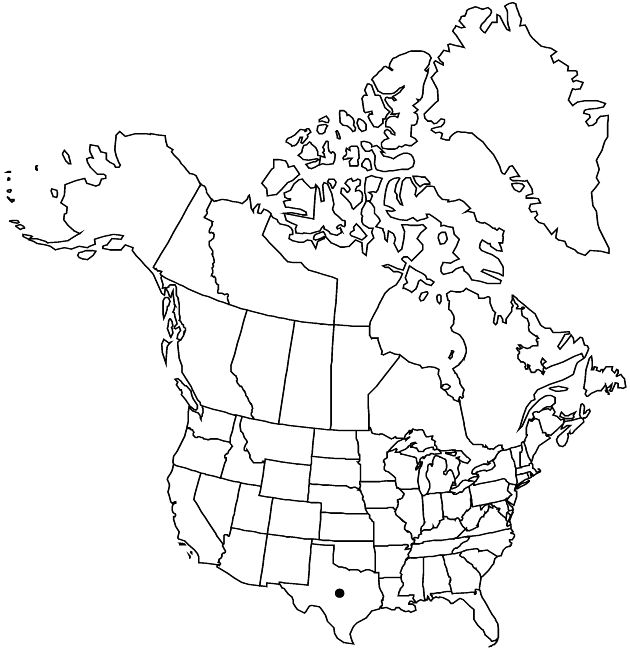Thelesperma simplicifolium
Hooker’s J. Bot. Kew Gard. Misc. 1: 252. 1849.
Perennials or subshrubs (may flower first year), (20–)30–70+ cm. Cauline leaves ± scattered over proximal 3/4+ of plant heights, internodes mostly 45–95 mm; lobes mostly linear to filiform, sometimes oblanceolate, (5–)15–45(–60) × 0.5–1(–2) mm. Calyculi of 6–8+ linear to subulate bractlets 1–3+ mm. Ray florets usually 8, rarely 0; laminae yellow, 9–15(–20+) mm. Disc corollas yellow with red-brown nerves, throats equal to or longer than lobes. Cypselae 3–4 mm; pappi usually 0, rarely 0.1–0.3+ mm. 2n = 20.
Phenology: Flowering Apr–Jul(–Oct).
Habitat: Openings in oak/juniper woodlands or desert scrub, usually on limestone
Elevation: 100–1500 m
Distribution

Tex., Mexico (Chihuahua, Coahuila, Nuevo León, Tamaulipas).
Discussion
Thelesperma simplicifolium is used in roadside plantings and may be encountered as a waif outside its natural range in the flora area (e.g., in California).
Selected References
None.